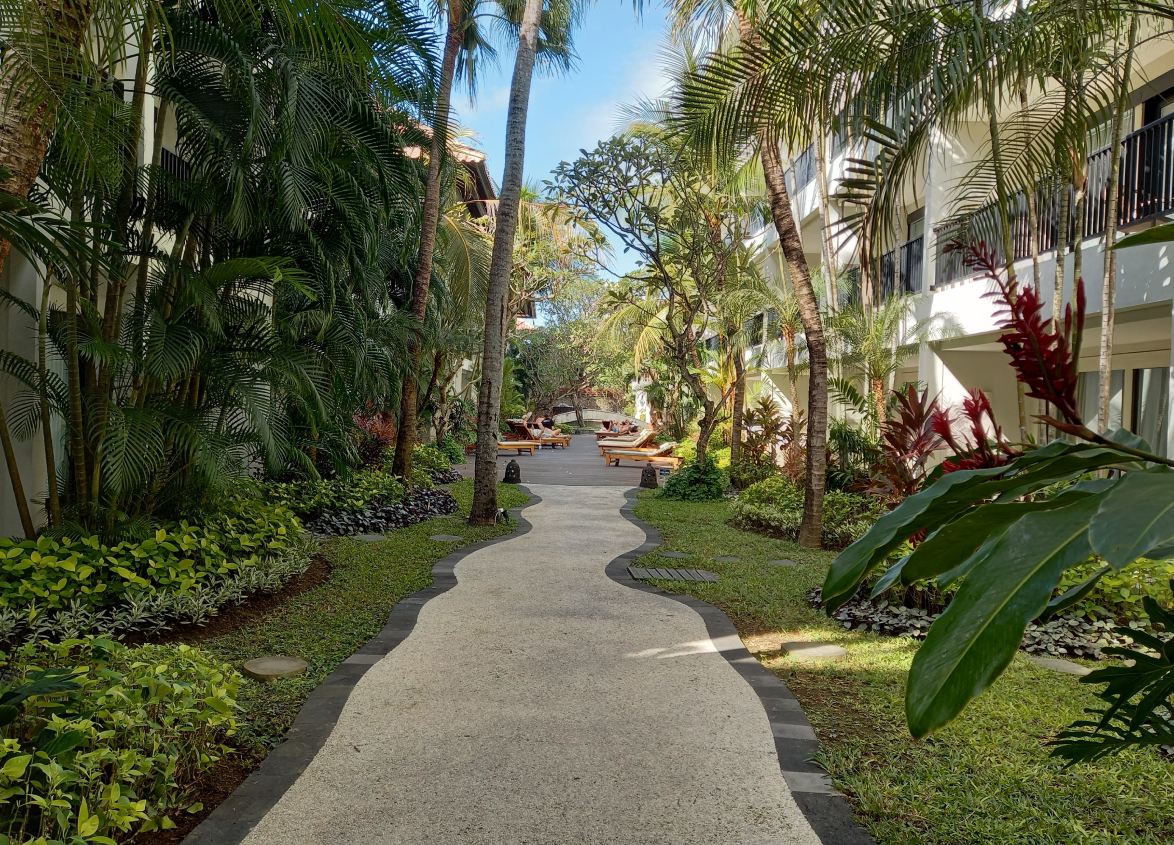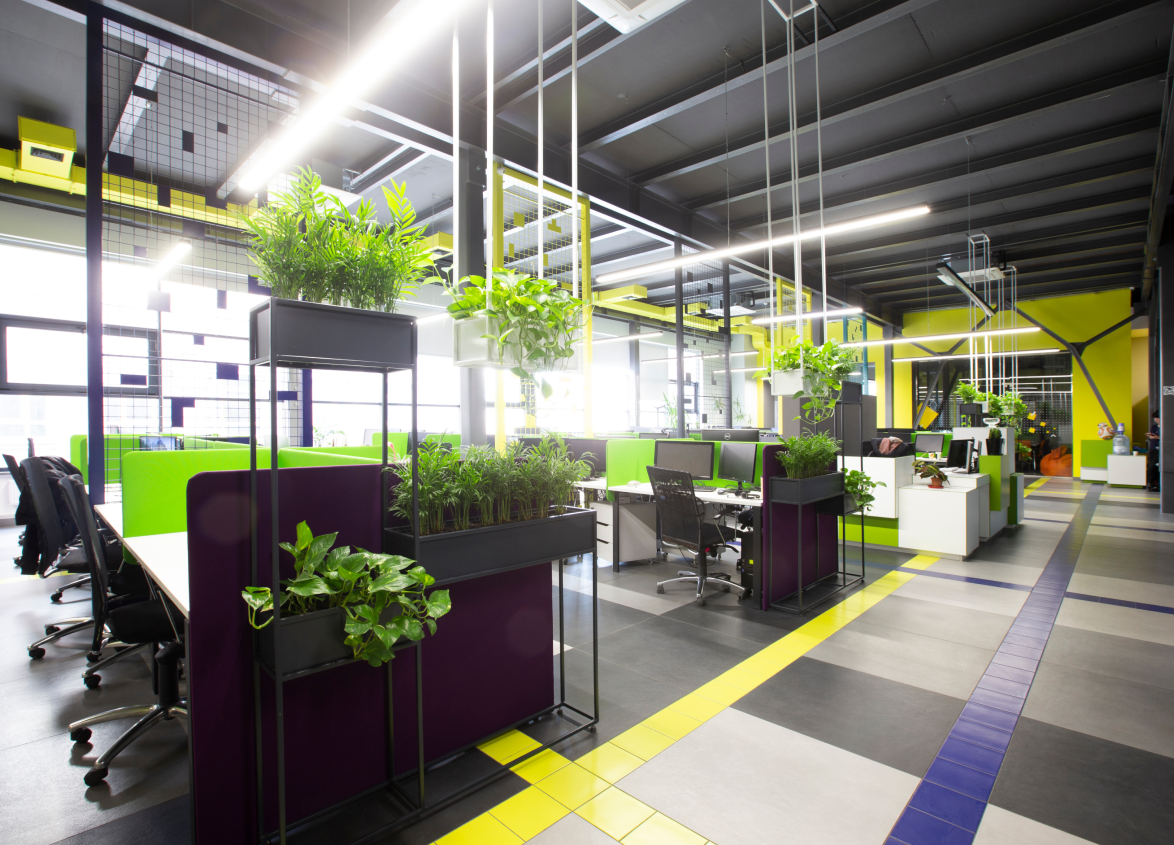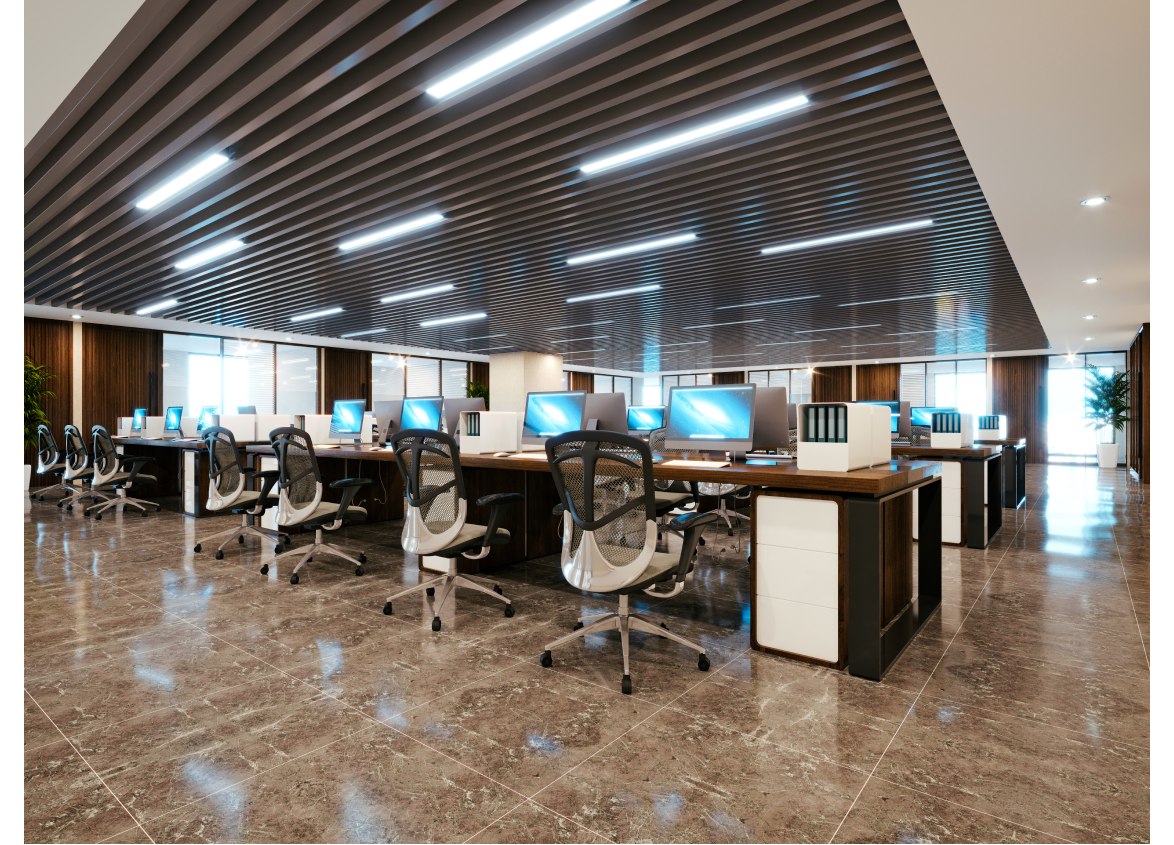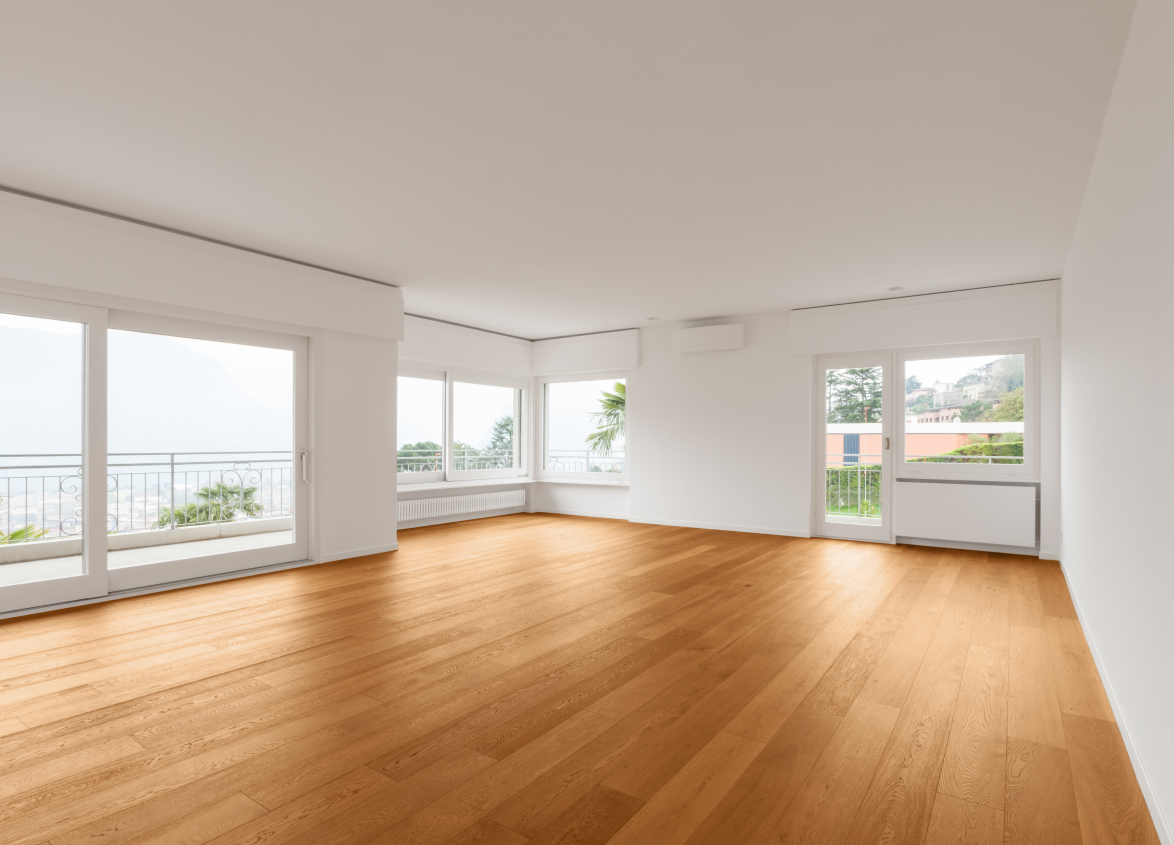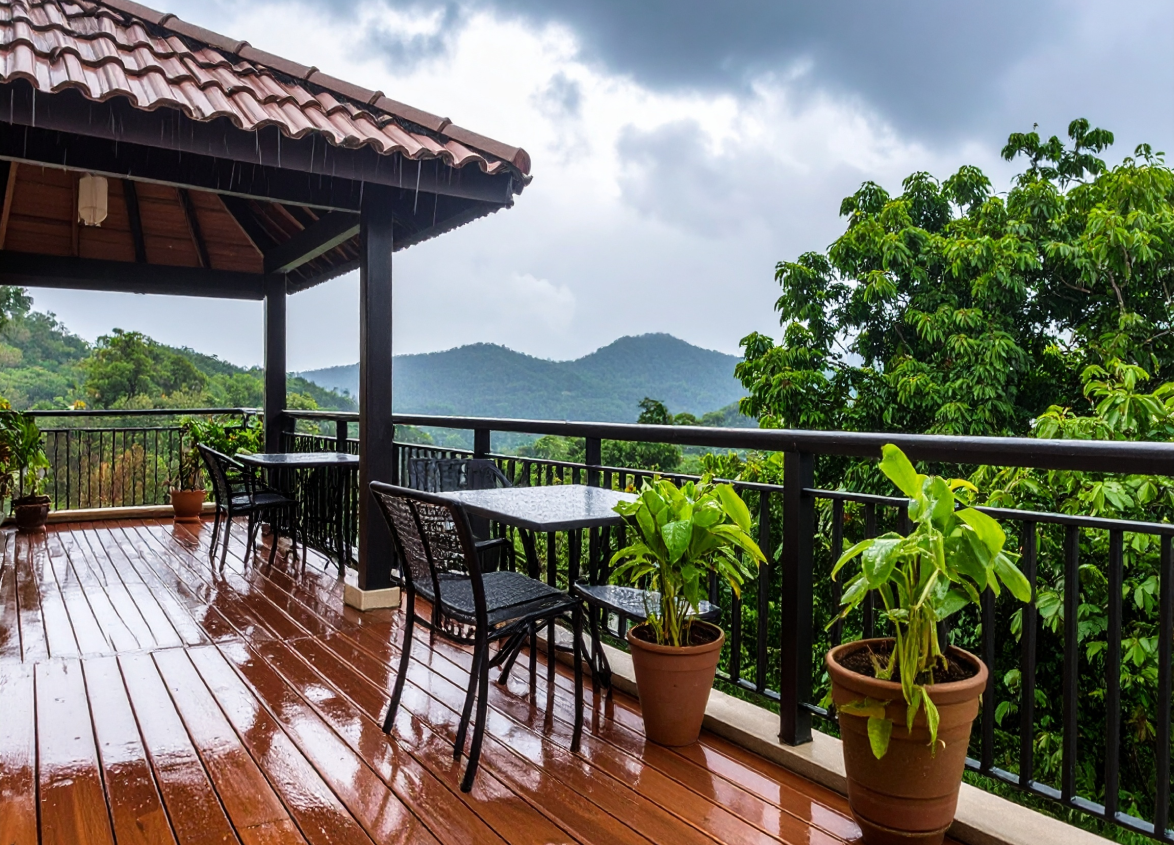
Retail
Retail Real Estate: Navigating the Dynamic World of Shopping Spaces
September 05, 2024
Retail real estate is a major part of the commercial property market, emphasizing properties used for selling goods and services. This ever-growing sector involves recognizing market demands, using inventive space utilization tactics, and leveraging digital integration to create profitable shopping spaces.
What is retail real estate?
Retail real estate is an essential commercial real estate market section, focusing on selling consumer products and services. This segment recently enjoyed significant growth and innovation after the pandemic. With businesses adapting to consumer behavior and preferences, retail real estate continues to grow, bringing new opportunities and problems for retailers and investors. The retail sector has undergone significant transformation in recent years, fueled by technological advancements, changing consumer behaviors, and economic shifts. This dynamic domain presents both challenges and opportunities for retailers, investors, and developers alike.
Types of Retail Spaces in India
Retail space in India have evolved significantly, catering to diverse consumer needs and preferences. Here are some common types:
Standalone Stores
These are single-unit retail outlets, often found in high-traffic areas. They are common for brands like apparel stores, electronics showrooms, and restaurants, offering a high degree of control and flexibility for retailers.
High Street Shops
Located on prime commercial streets, these stores cater to a diverse clientele. They are popular for fashion, footwear, and accessories, benefiting from high foot traffic and brand visibility.
Shopping Complexes
These are multi-storeyed buildings housing various retail stores, often accompanied by food courts and entertainment zones. Examples include malls like Phoenix Market City, Inorbit Mall, and Forum Mall, providing a comprehensive shopping experience for customers.
Neighborhood Shopping Centers
Smaller shopping centers catering to the daily needs of a local community, typically featuring grocery stores, pharmacies, and other essential retailers, offering convenience and accessibility to residents.
Hypermarkets
Large-format stores offering a wide range of products, including groceries, electronics, and apparel, providing one-stop shopping solutions and competitive prices. Examples include Reliance Retail, Big Bazaar, and D-Mart.
Malls
These are enclosed shopping centers with a mix of anchor stores, specialty shops, and entertainment options. They are popular for family outings and shopping experiences, creating a vibrant and engaging retail environment.
Lifestyle Centers
Open-air shopping destinations with a focus on fashion, dining, and entertainment. They often have a more upscale ambiance, targeting affluent consumers seeking a leisurely shopping experience.
Pop-up Stores
Temporary retail spaces used for limited-time promotions or testing new products, offering flexibility and cost-effective market entry for retailers.
Key factors influencing retail real estate
Going for an investment in commercial real estate can be an enticing option, but one must consider the various factors to gain success. Some major aspects to keep in mind when assessing retail properties are:
Location
First and foremost, location and accessibility are important. The property should be located in a region with high foot traffic and good exposure. Proximity to different public transportation and easy parking can boost customer convenience. Additionally, being situated amongst an area of similar businesses can create a clustered environment that attracts more visitors. With careful consideration of demographic factors, competition, and long-term growth prospects is vital when selecting a retail location.
Size
The optimal size of a retail store depends on various factors, including product assortment, target customer demographics, and operational needs. Sufficient space is essential for efficient inventory management, customer comfort, and effective product displays. It's important to carefully consider the store layout is crucial to optimize customer flow, facilitate purchasing decisions, and create a positive shopping experience. Additionally, planning for future expansion can safeguard against costly relocations and disruptions to business operations.
Visibility
Foot traffic is the next major factor to consider. Properties that accommodate a proper volume of pedestrian traffic add to a potential customer base. This is accompanied by visibility, which ensures your store is quickly noticed by passers-by. Moreover, understanding the target demographic and their shopping habits is crucial for selecting a location that aligns with the store's offerings.
Condition
The property’s condition holds equal importance. Perform a comprehensive inspection to evaluate the structural integrity of the property. Check out the plumbing and HVAC systems to prevent unforeseen maintenance expenses. A professional evaluation can offer a precise assessment of these major things.
Zoning
Zoning rules should be reviewed properly to ensure the property is suitable for retail use and adheres to all legalities. Find out about the local ordinances to prevent any future legal disruptions and operational issues.
Lease Terms
Considering the financial aspects, you should check out the retail leases and tenant pays. It is essential to know if they are within your budget and manage operational expenses. As lease terms, including rental rates, tenant responsibilities (such as property taxes, insurance, and maintenance), and lease duration, significantly impact profitability. Reviewing the lease guidelines for provisions like renewal opportunities and rent escalations is important.
Surroundings
Lastly, the surrounding market should be properly evaluated, including current competition and customer demographics. Assessing current competition, customer demographics, and local market trends is essential for tailoring your offerings to meet specific customer needs. You can also evaluate the local market dynamics to amend your offerings and meet the demand.
Current Trends in Retail Real Estate in India
The Indian retail real estate sector is undergoing a significant transformation, driven by evolving consumer preferences, technological advancements, and economic growth. Key trends shaping the industry include:
Experience-Centric Retail
Emphasis on experiential shopping: Retailers are focusing on creating immersive environments, offering entertainment, dining, and leisure options beyond traditional shopping.
Integration of technology: Digital innovations like augmented reality, virtual reality, and interactive displays are enhancing the customer experience.
Tier II and III Cities Gaining Traction
Rising disposable incomes: The growing middle class in smaller cities is driving demand for retail spaces.
Retail formats adapting: Retailers are customizing their offerings to suit the preferences of consumers in these regions.
Omnichannel Retail
Blurring lines between online and offline: Retailers are integrating physical and digital channels to provide seamless customer experiences.
Click-and-collect, ship-from-store: These services are becoming increasingly popular to cater to consumer convenience.
Focus on Sustainability
Green buildings and eco-friendly practices: Sustainable retail spaces are gaining importance as environmental consciousness grows.
Energy efficiency and waste reduction: Retailers are adopting eco-friendly initiatives to reduce their carbon footprint.
Rise of E-commerce and Fulfillment Centers
Growth of online shopping: The e-commerce boom is driving demand for warehousing and fulfillment centers.
Integration with physical stores: Retailers are using stores as fulfillment centers to optimize logistics.
Flexible Space Solutions
Short-term leases and pop-up stores: Retailers are opting for flexible spaces to test new concepts and adapt to changing market conditions.
Shared spaces and co-working models: Collaborative spaces are emerging to cater to the needs of startups and small businesses.
Data-Driven Decision Making
Leveraging customer data: Retailers are using analytics to understand consumer behavior and optimize store layouts, product placement, and marketing strategies.
These trends are reshaping the retail domain, creating new opportunities for retailers, developers, and investors alike.
Challenges in retail real estate
Retail real estate investors face several challenges, prompted by economic issues, shifting trends of consumers, the effect of e-commerce, and property-related problems.
Economic Aspects
Post-COVID issues, shortage of labor, inflation, and energy problems have restricted commercial real estate market. These aspects, along with geopolitical instability, lead to a raging economic environment impacting the investor’s investment decisions. High financing prices and more rigid lending rules further add to the capital acquisition complications for new real estate projects.
E-commerce Impact
The development of e-commerce brings problems and opportunities. While online platforms such as Amazon offer a good space for retail sales, traditional sellers should innovate to stand in the competition. E-commerce growth increases demand for efficiently situated distribution centers, leading to a rise in the value of properties and competitive bidding for industrial areas.
Shift in Consumer Trends
The retail world has changed a lot. Consumers are now prioritizing wellness and holistic health, forcing investors to emphasize wellness-supported retail properties. Moreover, changing purchasing habits and a rise in preoccupation with inflation impact where and how customers spend their money, leading to unpredictable sales of retail properties.
Property-Specific Problems
While the vacancy rates have risen, some areas also witnessed decelerated growth in rent. Regardless of the rise in demand, the availability of primary retail areas is restricted. The shift to neighborhood centers and standalone properties showcases this scarcity. Retailers are also reducing their physical footprints to lower overhead expenses, choosing high-quality and smaller spaces.
Investment in Retail Real Estate
Investment in retail real estate can be lucrative because of its potential for stable rental income along with property value appreciation. Retail real estate lures long-term tenants, offering a steady income flow for investors. The retail sector can benefit from economic development, enhanced consumer spending, and urban development.
However, while investing in retail real estate, investors should consider factors like the rise of e-commerce. Investors should cautiously consider tenant quality, location, and market demand. Major areas with high foot traffic and strong demographics provide higher returns and reduced vacancy rates.
With thorough market research, effective property management, and a deep understanding of retail trends, investors can make successful retail real estate investments. Diversifying the investments in various locations and types will also eliminate the risks.
Future of Retail Real Estate
The retail sector witnessed many changes in the last few years, prompted by the growth of e-commerce and changing customer preferences. Conventional in-store shopping has offered a way to a more integrated method that teams online and offline channels, providing consumers with higher convenience and choice.
As a result, retail real estate has to accept these changes with a major focus on developing distinctive and engaging shopping experiences that attract consumers and motivate them to spend time at the property. It has created a growth of retailtainment concepts, where shopping spaces house dining, entertainment, and leisure amenities to create a more enjoyable and immersive experience for visitors.
With consistent changes in the preferences and behaviors of customers, retail real estate will have to adapt and grow to remain profitable and relevant in the coming time. However, irrespective of the challenges stated, retail real estate investment still offers appealing returns to investors who cautiously assess properties and adhere to the changing market trends.
Conclusion
In the end, retail real estate is a comparatively riskier asset segment to invest in as it depends on the aggregate performance of the retail group it is a part of. Though the risks are greater, the returns are also high compared to residential properties. This reveals that in the coming time, consumer and investor confidence will rise more for real estate retail properties.
FAQ
What is Retail Real Estate?
Retail real estate means properties used by businesses to sell products and services to customers, such as standalone stores, shopping malls, and strip malls. These shopping centers are essential for businesses looking to attract higher foot traffic and showcase goods.
Why is Location Important in Retail Real Estate?
Location matters in retail real estate because it impacts foot traffic, visibility, and accessibility of customers. A major location can boost sales, lure varied customer demographics, and boost brand presence, making it a critical aspect of a store's success.
How Has E-Commerce Affected Retail Real Estate?
E-commerce has shifted customer preference to digital shopping leading to a fall in the demand of physical retail stores. This change has forced the retail spaces to turn into experiential centers or mixed-use developments to appeal to people.
What are Lifestyle Centers in Retail Real Estate?
Lifestyle centers are open-air shopping complexes combining retail, dining, and entertainment in an aesthetically pleasing environment. They cater to consumers seeking leisure experiences and typically feature upscale retailers, restaurants, and unique architectural designs.
What Should Investors Consider Before Investing in Retail Real Estate?
Investors should evaluate location, tenant mix, market trends, and economic conditions. Understanding consumer behavior shifts and the impact of e-commerce on retail spaces is crucial to making informed investment decisions in retail real estate.
MUST READ
Looking for something specific?
We'd be delighted to help you.



